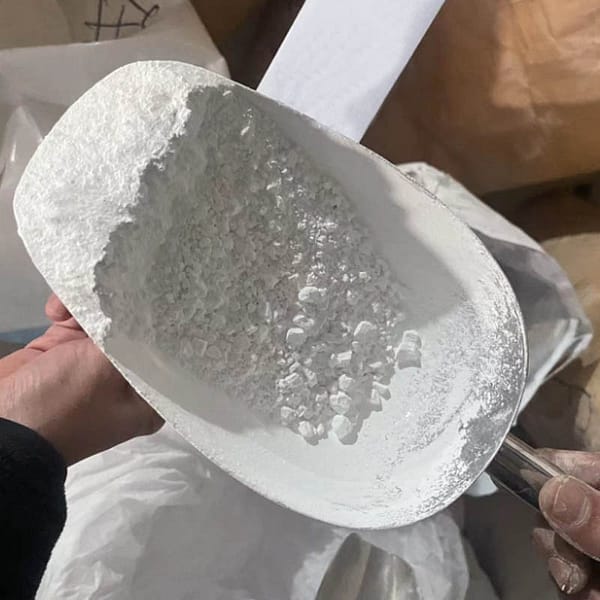In the vast canvas of industry, titanium dioxide, known as TiO2, titanium white, also known as Pigment White 6 (PW6) shines like a bright star, especially in the realms of paints, plastics and paper and rubber. This versatile compound with its brilliant white pigment plays a vital role in transforming raw material into vibrant finished products. Let’s discover the wonders of titanium dioxide, examining its applications, production processes and the significant influence it exerts on many industries.
The Canvas of Titanium Dioxide – A Palette of Possibilities
Titanium dioxide is an important component in the manufacture of many products, contributing to the visual appeal and functionality of products we come across daily. It is also known as Pigment White 6, it plays a significant role in the creation of paints. It gives a brilliant and opaque white hue that boosts the vibrancy and depth of industrial and artistic applications alike.

Titan dioxide is used in the plastics industry to provide color and also as a UV stabiliser, protecting against harmful ultraviolet radiation. This dual purpose makes titanium dioxide a vital component of many plastic products. They range from tough outdoor goods to packaging materials.
The Manufacturing Alchemy: Titanium Dioxide Production Methods
Two processes dominate the production of titanium oxide: the sulfuric acid method, and the chlorination-acid technique. Each method is distinctive and has different applications. This is the reason for the versatility of Titanium dioxide in various industries.
Sulfuric Acid Method. This involves the reaction of the ore that contains titanium with sulfuric acids which results in a titanium sulfate. This solution is later hydrolyzed to produce hydrated Titanium dioxide. Following calcination, the product is a fine white powder that is used in various industries, including paint and paper.
The Chlorination Technique In contrast, using chlorine gas, this method works by combining titanium-bearing mineral to create titanium tetrachloride. Through several chemical transformations that result in the oxidation of titanium tetrachloride into pure titanium dioxide. This method is prominent in the production of titanium dioxide for the plastics and rubber industries.
Titanium Dioxide Applications: Art and Science
Titanium dioxide is a key ingredient in the production of paints across all industries. Titanium dioxide is a sought-after choice among homeowners, artists and industrial workers alike due to of its ability to produce a stunning white color. The stunning white hue it gives to canvas is not just an aesthetic one, but also functional. It prolongs the lifespan of the painted surface.
Shape Plastics with Radiance. In the world of plastics, titanium dioxide has a double purpose. In addition to its function as a white pigment, it also functions as a UV stabilizer, offering crucial protection against the degrading effects of sunlight. It is therefore an essential ingredient in the production process for outdoor plastics as it is a guarantee that they will maintain their structural integrity and appeal over time.
Titan dioxide is utilized in the paper business to improve the whiteness of paper and also to improve its opacity. The addition of titanium dioxide enhances the luminosity of the paper and makes printed materials more vivid and easy to read. The use of titanium dioxide in the production of paper is more than aesthetics. It plays an essential role in improving the overall quality of printed papers.
The rubber’s resilience and UV resistance The rubber industry benefits from the UV resistance offered by titanium dioxide. Titanium dioxide shields rubber-based products from harmful effects of UV radiation.
Titanium Dioxide: Beyond Pigment and its Invisible Impact
Although the influence of titanium dioxide is visible as a colorant, it’s much more than the visible coloration. Because it can enhance the durability, resistance and endurance of different industries The compound is a non-visible but essential element in ensuring quality and function.
In the end, titanium dioxide is a material with a profound meaning that seamlessly incorporates itself into many industries. As Pigment White 6, it shines on canvasses, both artistic and industrial. Dual processes of sulfuric and chlorination show the chemistry behind its production. Titanium dioxide is an excellent illustration of the harmonious blend between science and art that exists in manufacturing. It is used to enhance the look of paints, protect plastics from UV rays or enhance the brightness of paper. The brilliant light produced by titanium dioxide reflects light onto the world around us, changing many products into those that last and bright.
